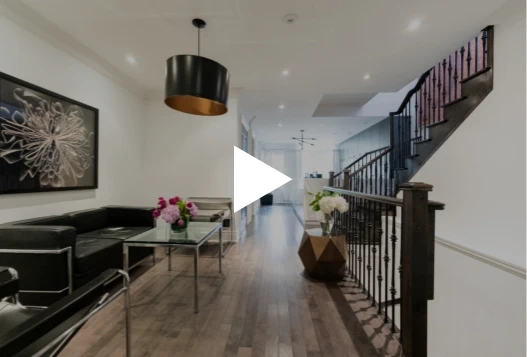By Jerome Edelstein, MD
A common goal for all patients seeking rejuvenation surgery (facelift and brow lift) is a natural “not-done” appearance. The following are signs that surgeons must avoid to prevent an unnatural-looking, obviously “done” facelift or brow lift.
Common Signs Of A Bad Facelift Include
Stretched or Distorted Skin
Facelifts that are performed by excising and pulling the skin back incorrectly oe excessively often leave the patient with stretched or distorted skin. Modern surgical techniques, like the SMAS procedure, avoid this result by primarily targeting tissues located below the skin. When internal structures are shifted, the skin itself is not stretched as much and a more natural appearance is achieved.
Altered Hairline
If the excess facial skin is moved to an overly high position during the facelift surgery, the patient’s temple area hairline will shift upward and to the back. This gives the appearance of a receding hairline. By properly placing incisions and ensuring proper direction of lift, this problem can be avoided, leaving all hair-bearing tissue undamaged and in a natural appearing position.
Overly High Brows
A poorly performed facelift can leave patients with overly elevated brows and a constantly surprised expression. Our craniofacial surgeon exercises caution when performing the operation to avoid this outcome.
Rotated or Distorted Ears
When too much tension is placed on the skin surrounding a patient’s ears it can cause the ears to shift sideways. Excess tension on the ear lobe may also lead to a stretched lobe (known as a Pixie Ear Deformity). By placing tension in the tissues deep to the skin (SMAS) to alleviate skin tension, the ears remain in their natural position.
Neck Deformity
When too much tissue from the neck is removed, it can create contour irregularities and deformity of the neck. Since the problem is often caused by overly aggressive liposuction or fat excision, our craniofacial surgeon is extremely careful when removing tissue from this area.
